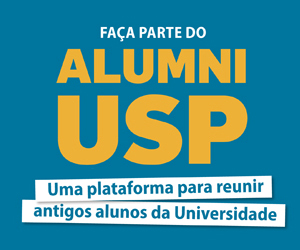Colóquio do Departamento de Física Matemática
Dia 16/02/2018 (sexta-feira - 11h - Sala Jayme Tiomno
"Viscous hydrodynamics of strongly-interacting QCD medium, as probed by dileptons"
Palestrante: Dr. Gojko Vujanovic (The Ohio State University)
Abstract:
Recent viscous hydrodynamical studies [1,2] of the strongly-interacting medium created at the Relativistic Heavy-Ion Collider (RHIC) and the Large Hadron Collider (LHC), show that bulk viscosity plays an important role in their phenomenological description. A temperature-dependent bulk viscosity in the hydrodynamical evolution of the medium can modify the development of the hydrodynamic momentum anisotropy differently in the high- and low-temperature regions. Thus, anisotropic flow coefficients of various observables are affected differently depending where their surface of last scattering lies. For the case of hadronic observables, they are predominantly sensitive to low temperature regions, while electromagnetic radiation is emitted at all temperatures. Therefore, bulk viscosity should affect electromagnetic radiation differently than hadron emission. The effects of bulk viscosity on one of the electromagnetic probes, namely photons, has already been investigated [1]. The !
same statement holds true for hadrons [2]. The goal of this presentation is to study how thermal dilepton production, the other source of electromagnetic radiation, gets modified owing to the presence of bulk viscosity at RHIC and LHC energies. With calculations at different collision energies, comparisons in the dilepton signal can be made and more robust conclusions regarding the role of bulk viscosity in high energy heavy-ion collisions can be drawn. Dilepton radiation from the dilute hadronic phase of the medium will also be included to ascertain whether these modifications may be observable in experimental data.
[1] Jean-François Paquet et al., Phys. Rev. C 93 no. 4, 044906 (2016)
[2] S. Ryu et al., Phys. Rev. Lett. 115 no. 13, 132301 (2015)













